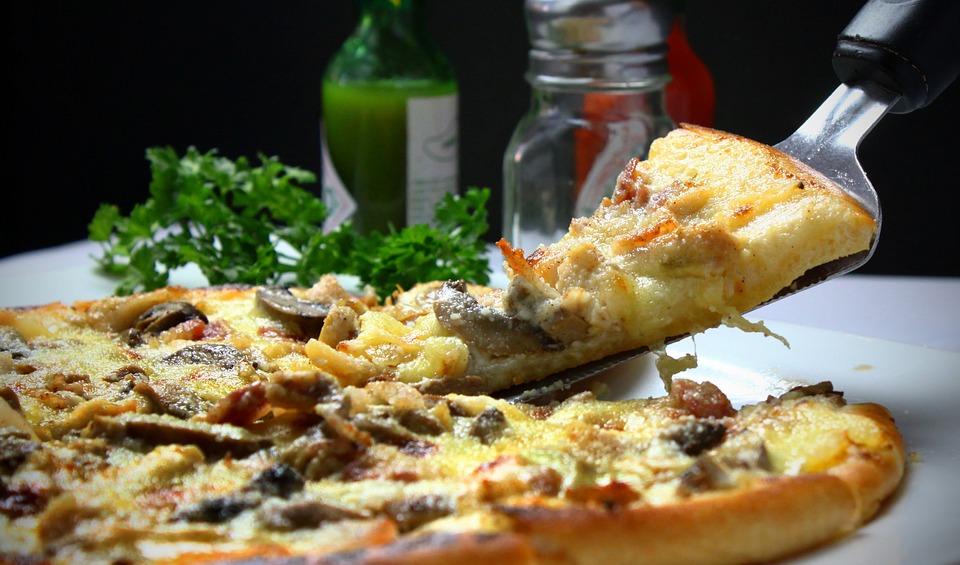Things to Know About the Manufacturing Process of Cheese
Cheese is known to come in several varieties and the varieties are responsible for determining the ingredients, the characteristics, and most importantly, how the cheese has been processed. Cheese can be manufactured by making use of raw or pasteurized milk. The main ingredients that are present in cheese are undoubtedly milk. Cheese is normally made by making use of cow, sheep, goat, water buffalo, or a blend of all kinds of milk together. Given below is a list of the steps that go into manufacturing cheese.

Standardize milk
Milk is standardized before making cheese for optimizing the ratio of fat to protein. This is responsible for making perfect quality cheese that has a high yield.
Pasteurize milk
Depending on the kind of cheese that is going to be manufactured, the milk has to be mildly treated or pasteurized for reducing the spoilage organisms as well as improving the environment, which will help the cultures to perfectly grow. Certain cheese varieties are made from raw milk. Raw milk cheese should be 60 days at least to make sure that the possibility of disease-causing pathogens is reduced.
Cool milk
The milk is going to be cold after heat treatment or pasteurization to 32 degrees Celsius. This is done because the optimum temperature is required to help the starter bacteria to start growing. In cases where raw milk is being used, the milk has to be heated to 32 degrees Celsius.
Inoculate with both starter and non-starter bacteria
Starter cultures, as well as non-starter bacteria, are normally added to the milk and the milk is held at 32 degrees Celsius for 30 minutes so that it can ripen. The step of ripening helps the bacteria to not only grow but also begin the process of fermentation. This helps in lowering the pH level and helps the flavor of the cheese to develop.
Add rennet and form curd
Rennet is an important enzyme that is responsible for acting on the proteins present within the milk to form the curds. After the enzyme is added, you need to ensure that you are not disturbing the curd for 30 minutes.
Cut the curd and heat
The curd will be allowed to ferment until it reaches the pH level of 6.4. Then, the curd is going to be cut and has to be heated to 38°C, as stated by www.forbes.com. This step helps in separating whey from the curd.
Drain whey
The whey has to be drained and the curd will form a mat.
Texture curd
The mats of curd will be cut into several sections. They are piled on one another and flipped, which is known as cheddaring. Cheddaring helps in expelling whey and the process of fermentation continues until the pH level of 5.5 is reached. The mats are then permitted to form matted structures. The mats will then be cut into small pieces. This is one of the most important steps associated with the cheese manufacturing process.
Dry salt
In the case of cheddar cheese, the milled pieces of curd are kept back in the vat and then salt is sprinkled and mixed. In cheese varieties like mozzarella, the curd is transformed into loaves, and these loaves are placed in the brine solution.
Form the cheese into blocks
The salted pieces of curd are placed with the cheese hoops and they are pressed into blocks for the cheese to form.
Store and age
Depending on the kind of cheese, it can be aged from several months to a few years.
Package
The cheese is going to be cut as well as packaged into big blocks or it can also be waxed.
Conclusion
The process of manufacturing cheese is extremely unique. Make sure that you know all the steps that have been mentioned above if you want to manufacture cheese on your own.
